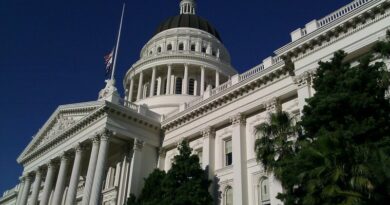How Tax Cuts Can Help Revive The Economy
In 2008, the Obama administration was very upbeat about reviving the economy that was not doing too well after the previous administration devoted most resources to fighting Iraq and Afghanistan. By 2010, The United States economy had not improved. With an annual economic growth rate of about 1.7% and unemployment rate hitting 9.6%, the economy still had a long way to go to attain the desirable macroeconomic goals of full employment, price stability, economic growth and external balance.
In the pre Keynesian age, the economy was assumed to be self regulatory. It was assumed that the economy would adjust itself to attain these goals but in 1936, Keynes introduced the theory of government intervention to correct and achieve the desired macroeconomic goals.
The government, through the Federal Reserve, employs a number of mechanisms to stimulate economic growth and employment. Through the use of both monetary and fiscal policy tools, the government is able to manipulate the economic variables and attain the desired levels of these goals.
Monetary policies that could be employed include open market operations, reducing the central bank lending rate to the commercial banks, reduction in the cash reserve ratio among others. These are called expansionary monetary policies and will generally have the same effects as the expansionary fiscal policies discussed below.
Fiscal policies that could be employed by the Federal Reserve to stimulate economic growth and development include tax cuts, increase in government spending, and increase government debt from abroad. This article however discusses the effects of tax cuts in reviving the economy.
Expansionary fiscal policies like tax cuts on both personal and business taxes will increase the amounts of money balances held by individuals and businesses. The increase in disposable income increases the spending ability of the people thus increasing the aggregate demand in the economy. As a result of increased aggregate demand, producers also increase their production to meet this increased demand meaning that employment will be created since production requires factors that have to be compensated in the production process.
The tax multiplier determines the change in national income as a result of change in one unit of tax. The Federal Reserve thus has to manipulate this tool carefully to ensure that the country attains the required economic growth without increasing the level of inflation to peculiar levels from the current 1.1% according to the August results. This is because expansionary fiscal and monetary policies result to inflation if not well coordinated.
References
Heijdra, B. J., & Ploeg, F. (2002). Foundations of Modern Macroeconomics. Oxford: Oxford University Press.




